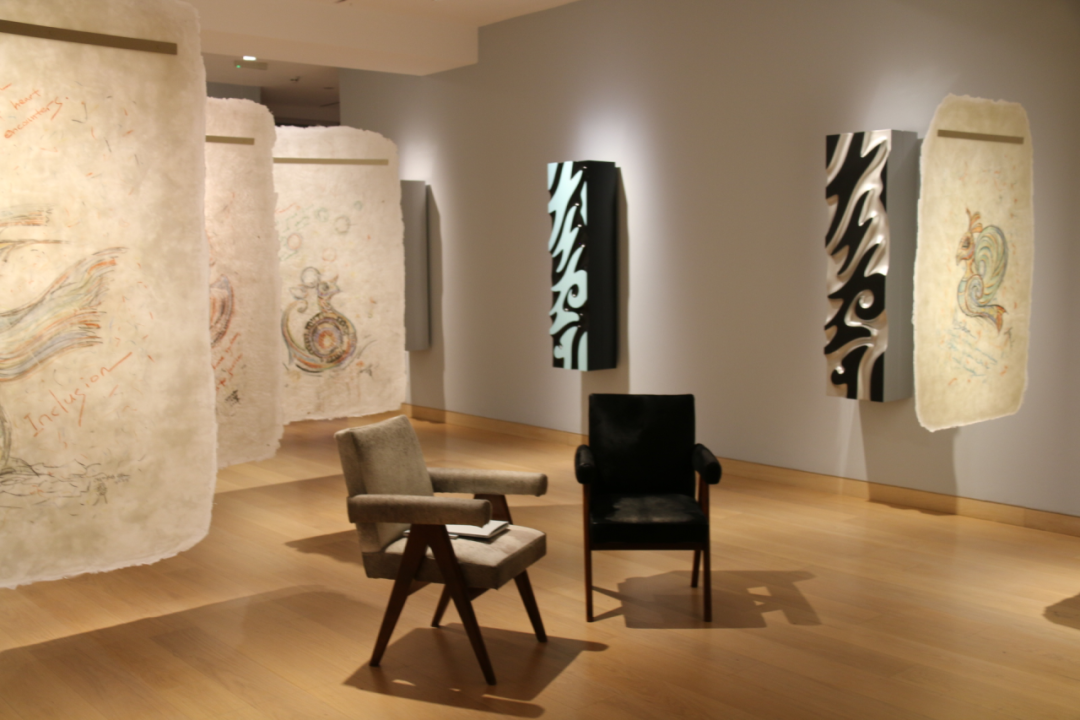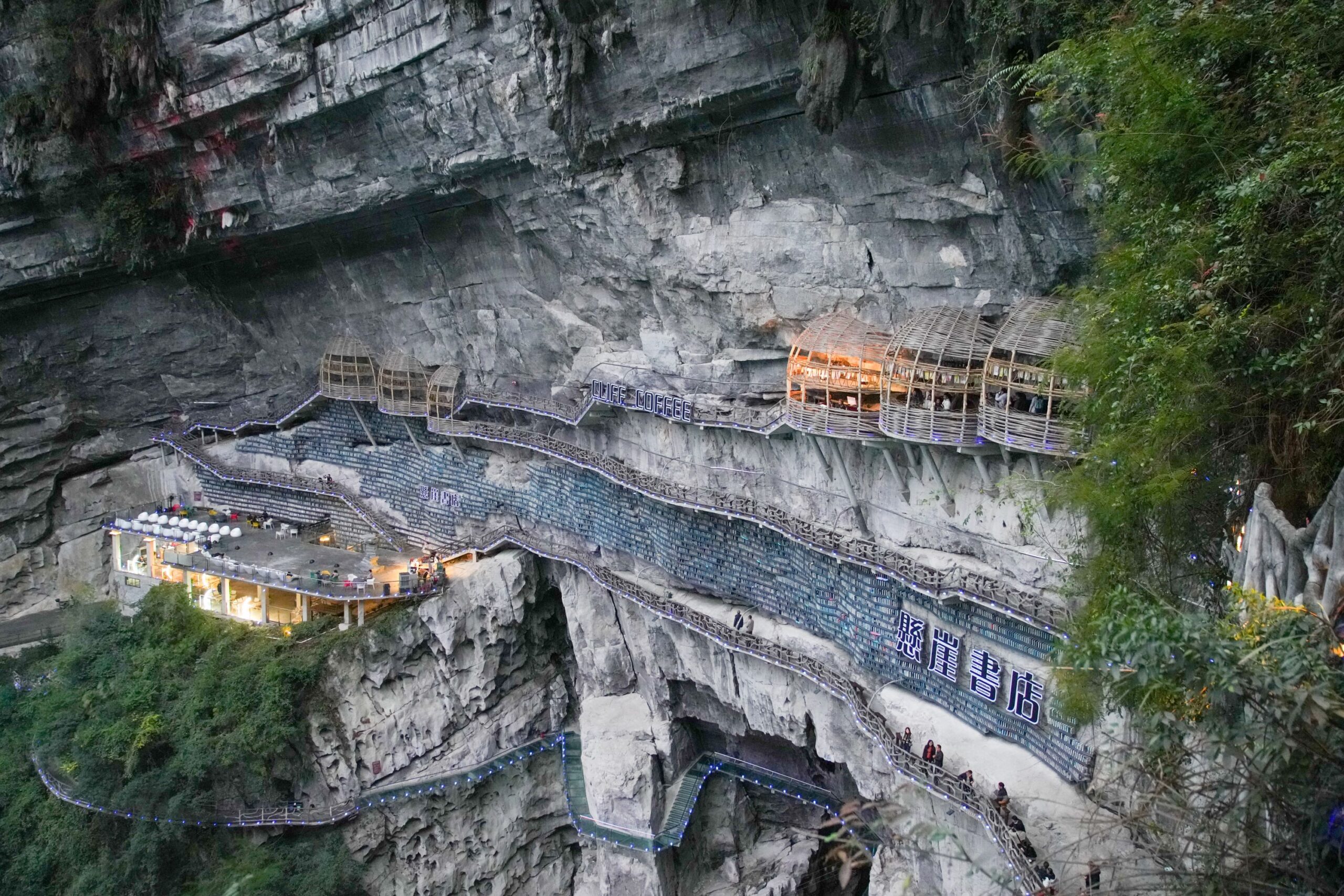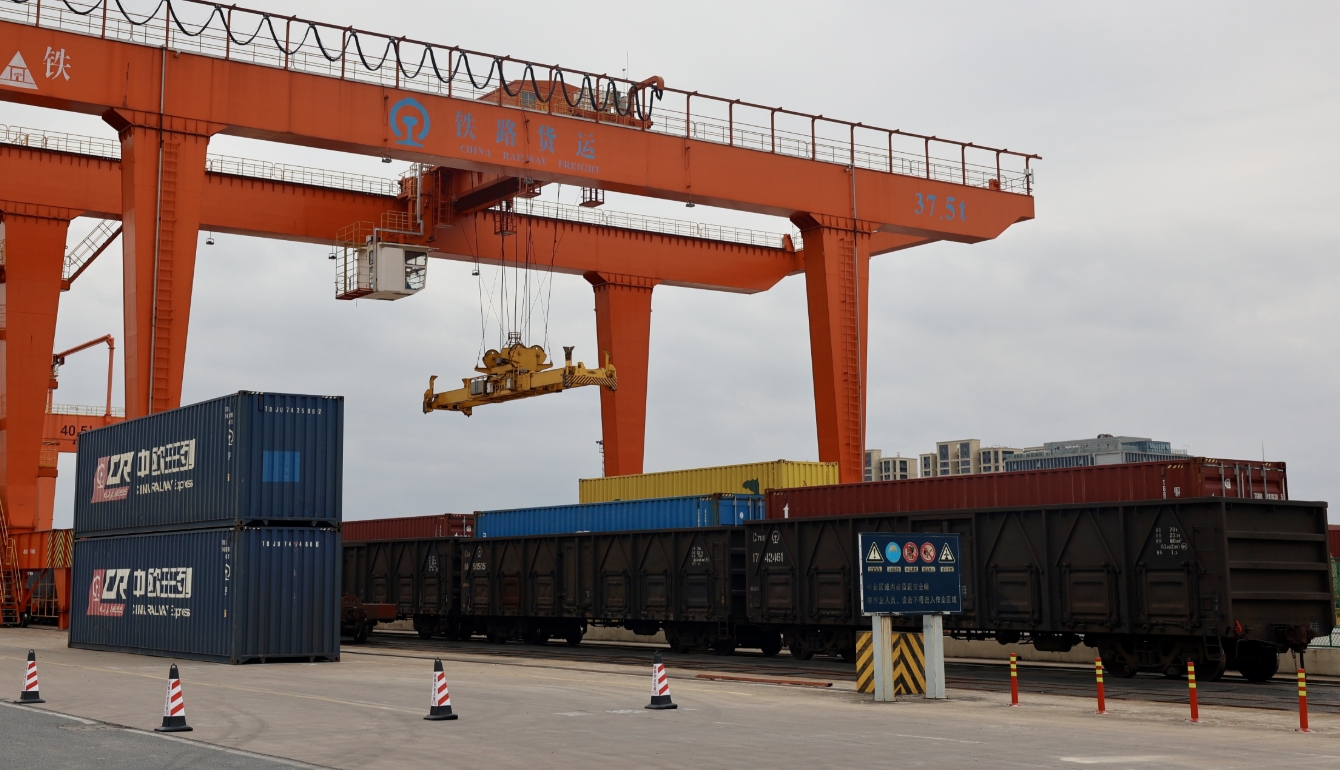China’s Grand Canal transforms from ancient lifeline to international tourism icon.
As global tourism rebounds, canal tourism is enjoying a remarkable resurgence. These historic waterways—once vital for trade and transport—are being rediscovered as cultural and ecological treasures. In the West, Britain’s canal network remains popular among domestic travelers. Meanwhile, in the East, China’s Grand Canal is drawing growing numbers of international tourists with its deep history and immersive travel experiences.
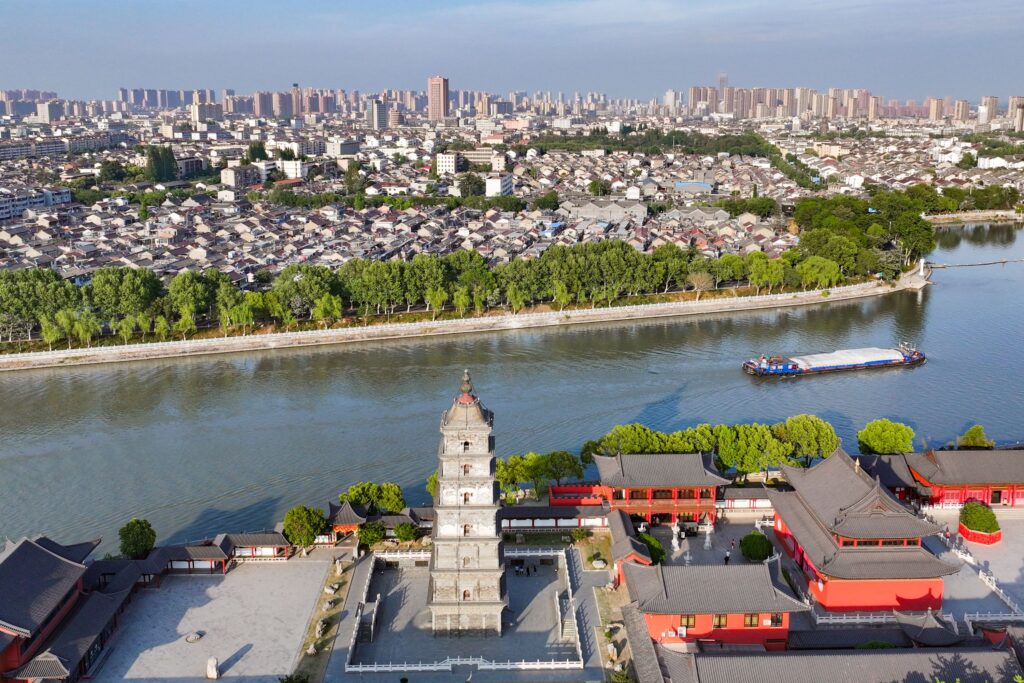
Heritage Meets Leisure
Britain’s canals played a crucial role during the Industrial Revolution. Narrowboats once carried coal, cotton, and goods between major industrial cities like Birmingham and Manchester. Today, these former “industrial arteries” have been transformed into scenic leisure routes. Visitors can board vintage boats and cruise slowly through the countryside. Along the way, they enjoy a mix of pastoral beauty and historic industrial landmarks.
In contrast, China’s Grand Canal tells a story that stretches further back in time—and across a far broader landscape. First constructed during the Spring and Autumn period, the canal was expanded over centuries into a vast waterway system spanning 3,200 kilometers. It connects 35 cities and links five major river basins: the Hai, Yellow, Huai, Yangtze, and Qiantang rivers. This canal became a vital artery for north-south trade, cultural exchange, and economic development in ancient China.
In 2014, UNESCO recognized the Grand Canal as a World Heritage Site. It is the longest man-made waterway in the world.
Modern Revival
Today, the Grand Canal is being revitalized as a destination blending tourism, culture, and sustainability. In Beijing’s Tongzhou district, visitors can enjoy a 60-minute cruise from Pier No.2 to the historic Caoyun Wharf. The route links modern attractions such as the Canal Olympic Sports Park, 17 urban waterfront platforms, and the lush Grand Canal Forest Park. Night cruises, lasting about 25 minutes, offer an immersive visual experience with city lights dancing across the water.
During the May Day holiday, Tongzhou Grand Canal Park welcomed over 200,000 visitors. Of these, 16,000 took canal cruises—highlighting the growing popularity of this travel experience.
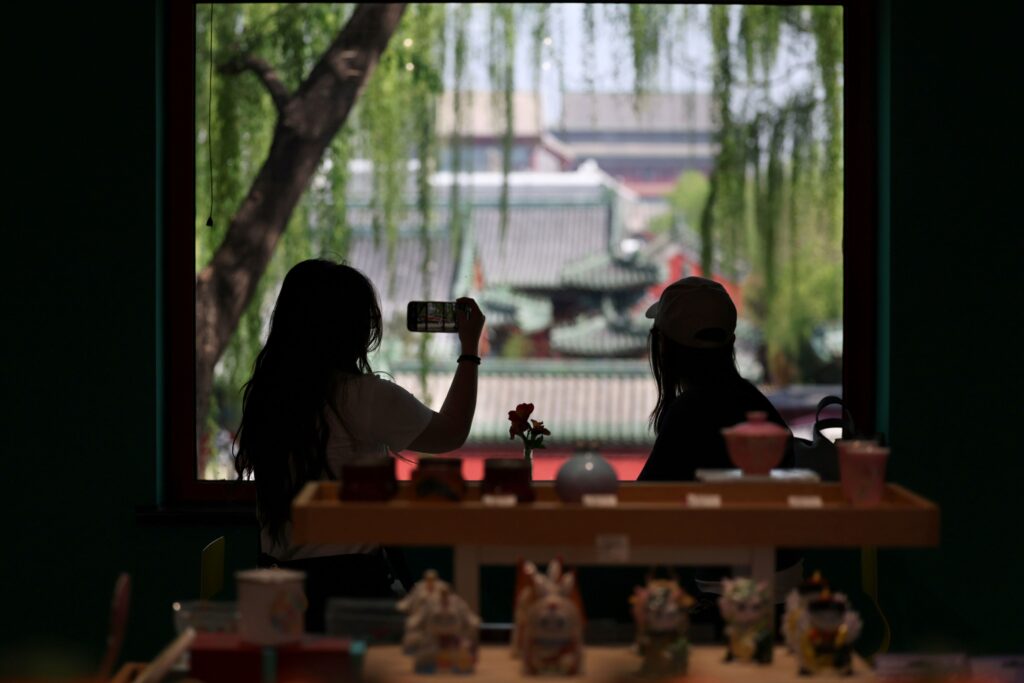
Farther south, the canal night cruise in Hangzhou continues to attract attention, especially from foreign tourists eager to explore Jiangnan’s poetic lifestyle. The one-hour route from Wulinmen(武林门) to Gongchen Bridge(拱宸桥) passes several heritage landmarks, including Qingyuan Bridge(青园桥), Yu Wharf(御码头), and Fuyicang(富义仓). Iconic sites like “Evening Rain on the River Bridge(江桥暮雨)” and “Silver Lake Villas(十里银湖墅)” reflect the romance of southern China’s waterways.
The upgraded “Ancient Melody” route adds live traditional music performances on board, enriching the cultural experience. From January to May 2025, the night cruise program generated nearly 20 million yuan in revenue, making it a new engine for Hangzhou’s cultural tourism economy.
A Global Cultural Bridge
Canal tourism is now more than a leisure activity—it’s a bridge between history and modern life, culture and nature. With its millennia-old engineering feats and multi-layered cultural heritage, the Grand Canal is emerging as a new cultural brand with global appeal.

To amplify this international reach, 2025 the Grand Canal Cultural Belt Beijing-Hangzhou Dialogue recently opened at the Grand Canal Museum of Beijing. During the event, officials launched the “Global Campaign for the Grand Canal IP Family”, unveiling a series of innovative cultural products and initiatives aimed at the world stage.
If you like this article, why not read: Chinese Airlines Bring Travel Figures From Europe to Experience China


